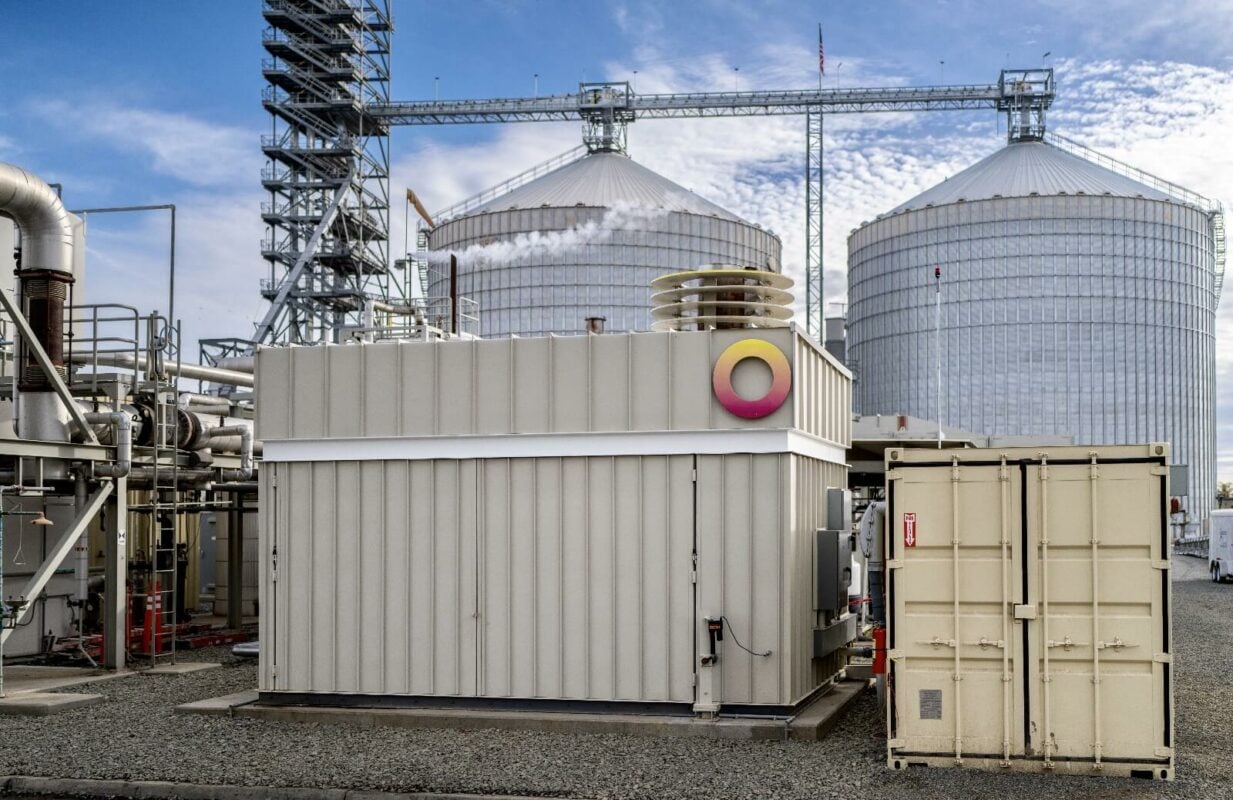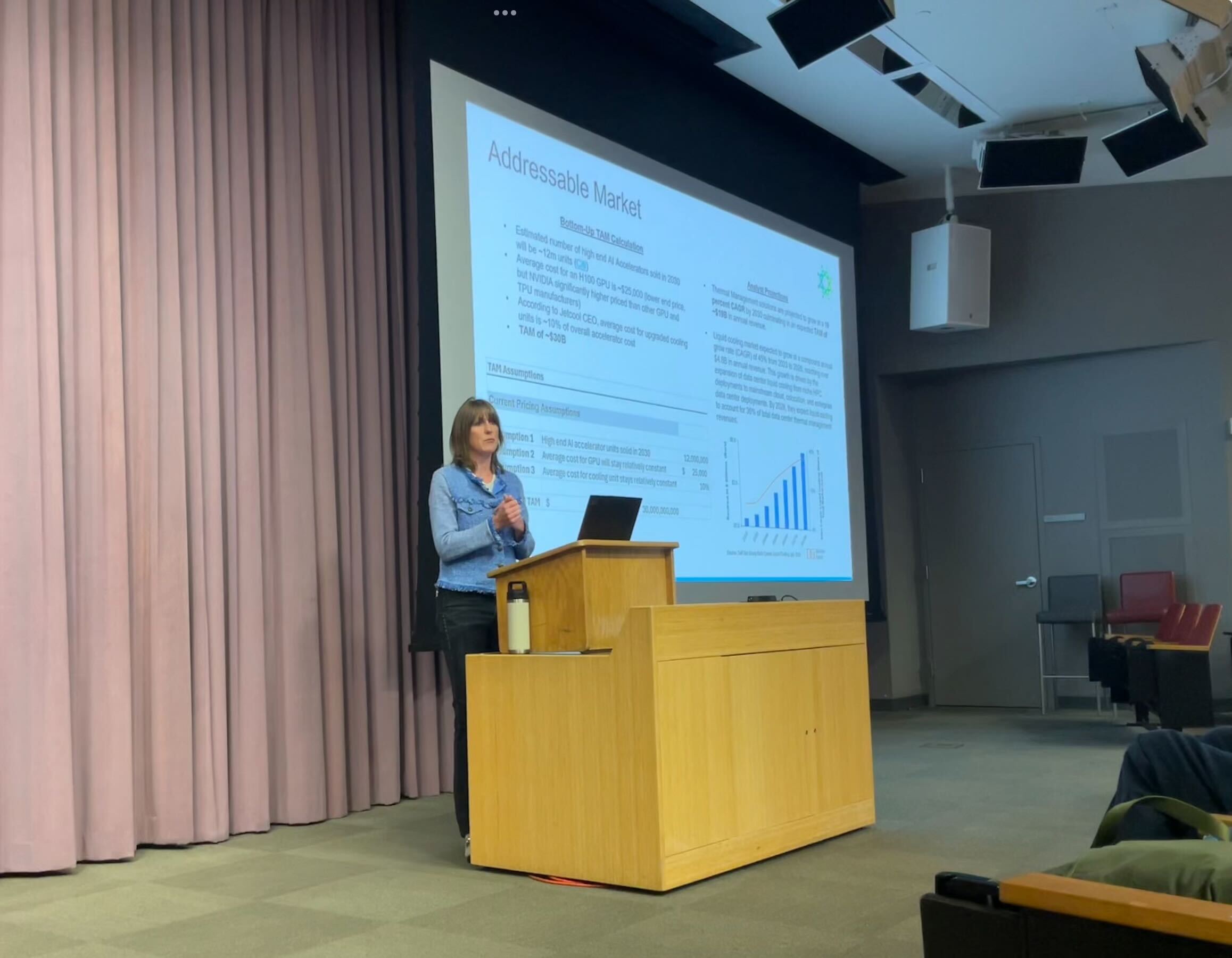Rondo Energy deploys Southeast Asia’s ‘first industrial Heat Battery’ – Energy-Storage.News

Report on the Deployment of Southeast Asia’s First Industrial Heat Battery and its Contribution to Sustainable Development Goals
Project Overview
Rondo Energy, in partnership with SCG Cleanergy, has commenced operations of the first industrial-scale thermal Battery Energy Storage System (BESS), known as a Rondo Heat Battery (RHB), in Southeast Asia. The facility is located at a Siam Cement Group (SCG) manufacturing plant in Thailand. This initiative represents a significant step in industrial decarbonization for the region.
- Partnership: Rondo Energy and SCG Cleanergy
- Technology: Rondo Heat Battery (RHB)
- Location: SCG cement plant, Thailand
- Milestone: First industrial thermal BESS in Southeast Asia
Technological Innovation for Sustainable Industry
The Rondo Heat Battery is designed to convert intermittent renewable electricity into high-temperature industrial heat, a critical process for heavy industries like cement manufacturing. This technology directly addresses the challenge of reducing reliance on fossil fuels for industrial processes, thereby lowering greenhouse gas emissions.
- The system captures electricity from renewable sources.
- It stores this energy as high-temperature heat (up to 1,500°C) in refractory brick materials.
- The stored heat is then dispatched on demand to support the cement plant’s manufacturing processes.
- This provides a continuous, reliable source of clean heat, replacing the combustion of fossil fuels.
Contribution to United Nations Sustainable Development Goals (SDGs)
The deployment of the Rondo Heat Battery makes substantial contributions to several key SDGs:
- SDG 7: Affordable and Clean Energy
- The project increases the share of renewable energy in the final energy consumption mix by enabling the use of clean electricity for industrial heat.
- It provides an innovative and viable pathway for energy-intensive industries to transition to cleaner energy sources.
- SDG 9: Industry, Innovation, and Infrastructure
- This initiative promotes inclusive and sustainable industrialization by upgrading infrastructure with clean, innovative technology.
- It demonstrates a scalable model for retrofitting existing industrial facilities to enhance their environmental sustainability and resource-use efficiency.
- SDG 12: Responsible Consumption and Production
- The project directly supports sustainable production patterns by significantly reducing the carbon footprint of cement, a resource-intensive product.
- It encourages the adoption of clean technologies that lead to the environmentally sound management of industrial processes.
- SDG 13: Climate Action
- By replacing fossil fuels with renewable-powered heat, the facility takes direct action to combat climate change by mitigating industrial greenhouse gas emissions.
- The project strengthens resilience and adaptive capacity to climate-related hazards by promoting low-carbon industrial development.
- SDG 17: Partnerships for the Goals
- The collaboration between Rondo Energy and SCG Cleanergy exemplifies a multi-stakeholder partnership that leverages technology and investment to advance sustainable development.
- This project serves as a model for technology transfer and knowledge-sharing to accelerate the energy transition in developing regions.
SDGs Addressed in the Article
-
SDG 7: Affordable and Clean Energy
The article discusses the deployment of an industrial “Heat Battery,” a form of thermal battery energy storage system (BESS). This technology is central to storing energy, often from renewable sources, and providing it as clean heat for industrial processes, directly contributing to the goal of increasing access to and the share of clean energy.
-
SDG 9: Industry, Innovation, and Infrastructure
The project involves implementing an innovative energy solution (“first industrial Heat Battery” in Southeast Asia) within a heavy industry (a cement plant). This represents an upgrade to industrial processes and infrastructure, making them more sustainable and environmentally sound through the adoption of clean technology.
-
SDG 13: Climate Action
Industrial heat is a major source of carbon emissions, typically generated by burning fossil fuels. By replacing this with a heat battery system that can be powered by clean electricity, the project directly addresses climate change mitigation by aiming to reduce greenhouse gas emissions from the industrial sector.
-
SDG 17: Partnerships for the Goals
The article explicitly mentions the collaboration between two entities, Rondo Energy and SCG Cleanergy, to bring this project to fruition. This partnership is crucial for the development, transfer, and deployment of environmentally sound technology, aligning with the goal of fostering multi-stakeholder collaborations for sustainable development.
Specific SDG Targets Identified
-
SDG 7: Affordable and Clean Energy
- Target 7.2: By 2030, increase substantially the share of renewable energy in the global energy mix. The heat battery allows for the storage of intermittent renewable energy (like solar or wind) and its dispatch as constant, high-temperature heat, thereby enabling greater integration of renewables into the industrial energy supply.
- Target 7.a: By 2030, enhance international cooperation to facilitate access to clean energy research and technology… and promote investment in energy infrastructure and clean energy technology. The project is a partnership between Rondo and SCG Cleanergy, representing an investment in and deployment of advanced clean energy infrastructure in Thailand.
-
SDG 9: Industry, Innovation, and Infrastructure
- Target 9.4: By 2030, upgrade infrastructure and retrofit industries to make them sustainable… with greater adoption of clean and environmentally sound technologies and industrial processes. The article describes the retrofitting of a cement plant—a traditionally carbon-intensive industry—with a clean heat battery technology to decarbonize its thermal processes.
-
SDG 13: Climate Action
- Target 13.2: Integrate climate change measures into national policies, strategies and planning. While not about national policy, the project shows a major industrial player (SCG) integrating climate change mitigation measures into its corporate strategy by adopting technology to reduce its carbon footprint.
-
SDG 17: Partnerships for the Goals
- Target 17.7: Promote the development, transfer, dissemination and diffusion of environmentally sound technologies to developing countries. This project exemplifies the transfer of an innovative, environmentally sound technology from a provider (Rondo) to an industrial application in a developing country (Thailand).
Implied Indicators for Measuring Progress
-
SDG 7: Affordable and Clean Energy
- Indicator for Target 7.2: The operational capacity of the heat battery (in MWh) and the percentage of its energy input derived from renewable sources would be a direct measure of the increased share of clean energy in the plant’s thermal processes.
- Indicator for Target 7.a: The financial investment in the project and the successful deployment of the “first” such system in the region serve as indicators of investment in and access to clean energy technology.
-
SDG 9: Industry, Innovation, and Infrastructure
- Indicator for Target 9.4: A key implied indicator is the reduction in CO2 emissions per unit of cement produced. The article’s focus on a “Cleanergy” solution for a cement plant implies that measuring the decrease in carbon intensity is a primary goal.
-
SDG 13: Climate Action
- Indicator for Target 13.2: The total volume of greenhouse gas emissions (measured in tonnes of CO2 equivalent) reduced annually by the cement plant as a result of using the heat battery instead of fossil fuels.
-
SDG 17: Partnerships for the Goals
- Indicator for Target 17.7: The existence of the operational project itself serves as an indicator. The number of such technology transfer partnerships established and successfully implemented is a way to measure progress.
Summary Table: SDGs, Targets, and Indicators
| SDGs | Targets | Indicators |
|---|---|---|
| SDG 7: Affordable and Clean Energy | 7.2: Increase the share of renewable energy. | Operational capacity (MWh) of the heat battery charged by renewables. |
| SDG 7: Affordable and Clean Energy | 7.a: Promote investment in clean energy technology. | Financial investment in the project and its successful deployment. |
| SDG 9: Industry, Innovation, and Infrastructure | 9.4: Upgrade and retrofit industries with clean technologies. | Reduction in CO2 emissions per unit of industrial output (e.g., cement). |
| SDG 13: Climate Action | 13.2: Integrate climate change measures into strategies. | Total annual reduction of greenhouse gas emissions (tonnes of CO2 equivalent). |
| SDG 17: Partnerships for the Goals | 17.7: Promote transfer of environmentally sound technologies. | The number of successful technology transfer projects implemented, such as the Rondo-SCG collaboration. |
Source: energy-storage.news
What is Your Reaction?
 Like
0
Like
0
 Dislike
0
Dislike
0
 Love
0
Love
0
 Funny
0
Funny
0
 Angry
0
Angry
0
 Sad
0
Sad
0
 Wow
0
Wow
0
















































:focal(1500,1000)/https://media.globalcitizen.org/a6/9a/a69a4720-d8a1-4715-b596-18738d03c05c/rotary_polio_hero_image.jpg?#)







/countries/sri-lanka/photo-credit---dmc-sri-lanka.tmb-1200v.jpg?sfvrsn=dc298bcc_1#)

















